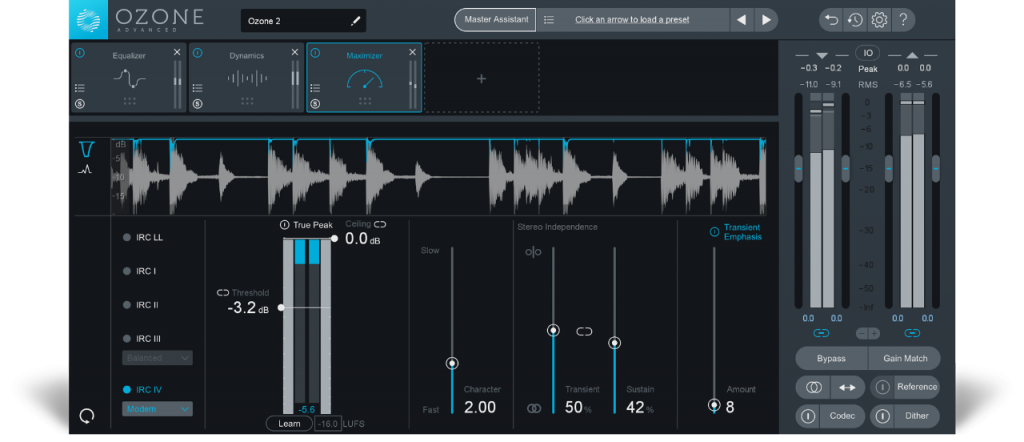

- #How to read rms on izotope insight how to#
- #How to read rms on izotope insight full#
- #How to read rms on izotope insight pro#
Even different people might have a different loudness perception when listening to the same playback volume of a song.

As I showed already, it describes the subjective impression of how you hear a song, how loud the song sounds to you.
#How to read rms on izotope insight full#
Instead of just using the term “Loudness”, it might be better to use the full term “Perceived Loudness”. “Loudness is the characteristic of a sound that is primarily a psycho-physiological correlate of physical strength (amplitude)” - or how about this - “That attribute of auditory sensation in terms of which sounds can be ordered on a scale extending from quiet to loud”. If we consult the “Book of Knowledge”, Wikipedia, we find the following explanations: But what is “Loudness” exactly? Here you have to pay attention.īecause in this article we talk about “Loudness Normalization”, we have to be clear about what the term “Loudness” refers to. That means, you also increase the loudness. Loudness: If you increase the Volume Fader, you raise the Level on that Track, so the signal gets louder.For example, does the Volume Fader on the channel strip change the “volume” or the “level”? You pretty much can use both terms. Volume: The term “Volume” is often used the same as “Level”.The Level is something that you measure, usually with a Level Meter that you find on Logic’s channel strip or as a separate “Level Meter” plugin. Level: In audio production, this generic term describes the audio signal strength.Although most users know these terms, they could mean the same thing or different things, depending on who is using the term and in what context. The previous paragraph had a few terms we need to pay attention to before going on any further. Please note that turning down the Volume Fader on your Output Channel during the mix, on the other hand, is an objective decision, for example, if the red clipping LED tells you that it reached 0dBFS. The important word here is “feel” because it is a subjective decision to change the volume based on how you perceive the loudness. However, if you now listen to a second song, you might have to change that Playback Volume by turning the knob up or down if you “feel” that the second song is too loud or not loud enough compared to the first song. You determine your own “Playback Volume”. Chances are, you don’t have to touch the volume knob while listening to that one song. Whenever you want to listen to a song, regardless whether it is on your computer, CD-Player, car radio, etc., you set the playback volume to your liking, and that’s it.

What is the problem? Let’s start with a few basics.
#How to read rms on izotope insight pro#
In addition, private companies have adopted various recommendations for their popular apps, like YouTube, iTunes, Spotify, or SoundCloud and this is where you seriously have to pay attention to when your mixes make it out of your studio and onto any of those listening channels, because, all of a sudden, your bounced mix might sound differently.īefore learning about WHAT happens to your mix after it “leaves” your Logic Pro X project and reaches your listeners, you have to be aware of WHY it happens.
#How to read rms on izotope insight how to#
There are various national and international organizations (ITU, EBU, AES, SMPTE, etc.) that have some brilliant minds who studied loudness and came up with suggestions and recommendations for how to use and implement technology based on their research that often make it into government regulations and laws, so radio and television, overseen by the government, have to follow. Anarchy stops here, and rules and regulations take over. When it is transmitted over the radio, aired on television, and even now, on internet streaming services like YouTube, Spotify, or SoundCloud.


 0 kommentar(er)
0 kommentar(er)
